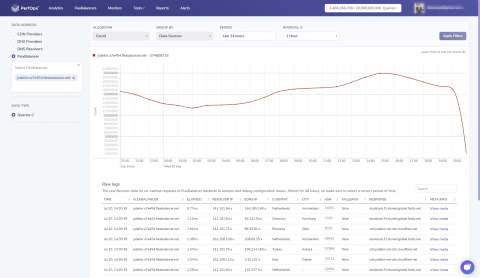[OpsComm June] Driving Real Business Value with the OpsRamp Cost Savings Calculator
June 2019 saw the launch of The OpsRamp Cost Savings Calculator, a simple and powerful tool which helps IT experts quantify how much they can save with OpsRamp's service-centric AIOps platform. Our field marketing team had a blitz with two major events - HPE Discover and CloudExpo Santa Clara where we showcased our AIOps and hybrid IT monitoring capabilities. June also saw our resident experts making several contributions across different media outlets and events.











